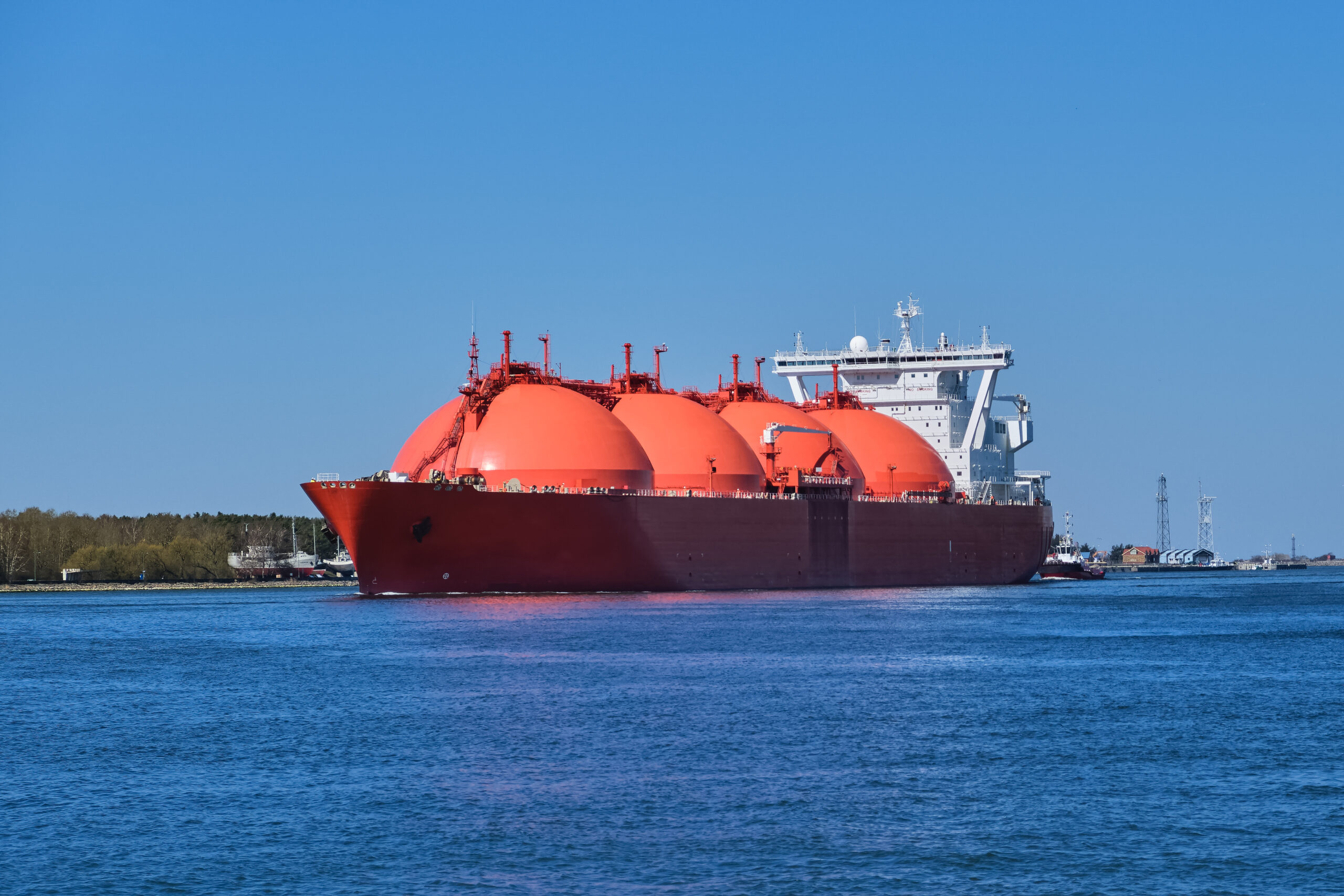Cheniere pushes ahead with U.S. LNG expansion
Gas producer Cheniere is pushing ahead with U.S. LNG expansion at its Corpus Christi terminal and proposed expansion of its Sabine Pass terminal.

Gas producer Cheniere is pushing ahead with U.S. LNG expansion at its Corpus Christi terminal as well as a proposed expansion of its Sabine Pass terminal amid global supply demand balance remaining tight, and expectations of booming Asian demand in the latter part of the decade, a conference heard.
The company has reached a final investment decision (FID) on a 10 million tonnes/year capacity expansion at Corpus Christi, currently under construction while a further increase by 5 million tonnes/year is currently in the permitting phase, Andrew Walker, VP strategy at Cheniere Marketing told the Flame energy conference in Amsterdam on Tuesday.
Furthermore, it is currently in the regulatory phase of a proposed 20 million tonnes/year expansion at the Sabine Pass terminal, which it expects to become operational by the end of this decade.
While the peak might have passed, the energy “crisis is not over yet…the market remains finely balanced and is likely to be structurally tight for the next few years,” he said.
Europe has been able to avert a supply crisis mainly by demand destruction and by attracting LNG volumes at the expense of other geographies, with Asian markets reducing their appetite for LNG, led by China.
Europe is planning a significant expansion of its import capacity mainly through FSRUs, with 6 operational and a further 20 planned since 2022, he said, leading to renewed need for U.S. volumes.
U.S. LNG expansion ramps up
With U.S LNG expansion ramping up, the U.S. is set to overtake Qatar as the world’s top LNG exporter by 2040.
As many as 71% of global LNG contracts signed in 2022 were for U.S. volumes, accounting for around 80 mtpa. Of those, 54 mtpa were contracted based on Henry Hub or U.S. gas hub prices, with the remaining linked to European gas prices, he said.
Most of the contracts signed were for a duration of 15-20 years.
Robust market fundamentals are set to drive a 3% per year long-term LNG trade growth, with demand reaching 680 mtpa in 2040.
In the same period, China is set to experience “phenomenal growth” becoming the biggest LNG market, reaching 100 million tonnes/year by 2040, he said.
Meanwhile, all eyes remain on European gas market fundamentals in 2023, with weather, China post-pandemic recovery, further Russian gas curtailments, LNG supply performance as well as French nuclear power output among the main variables, he said.
